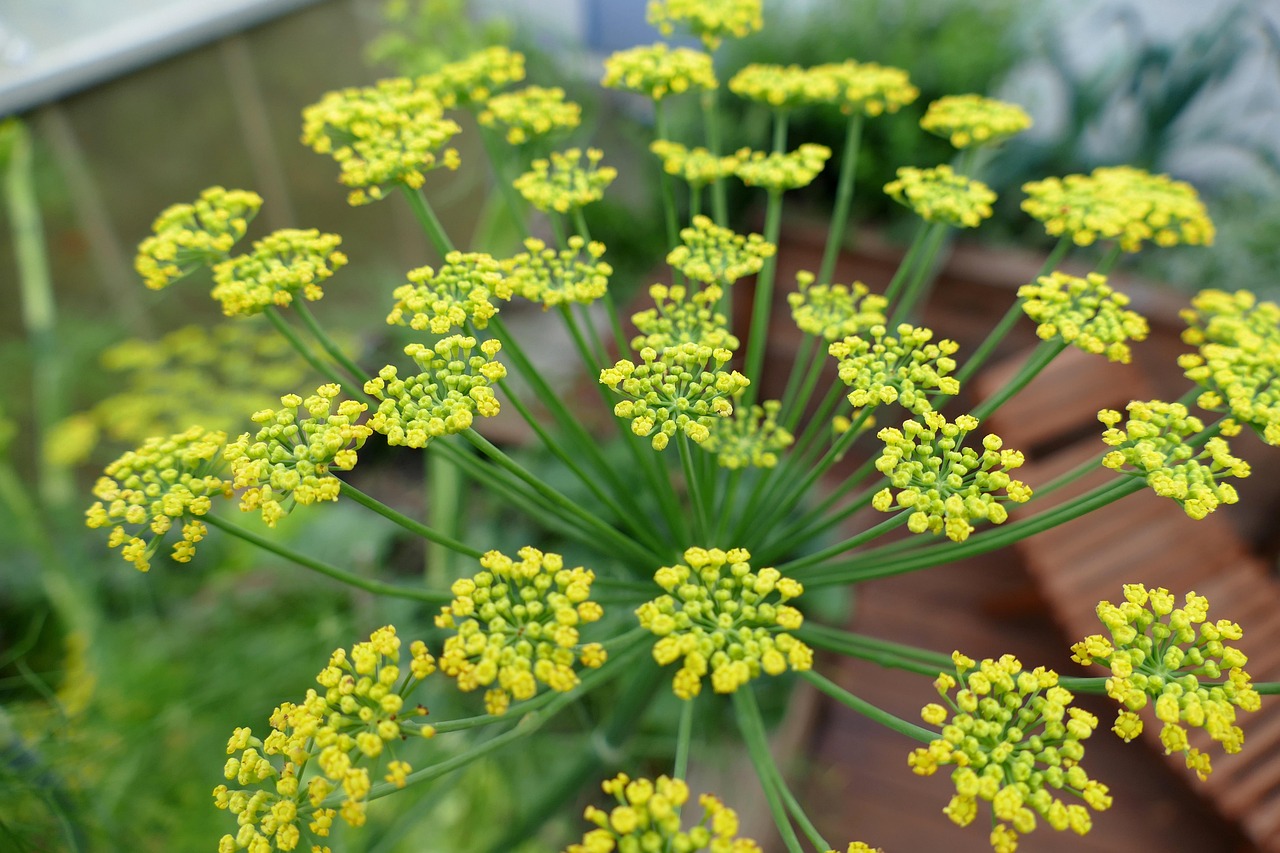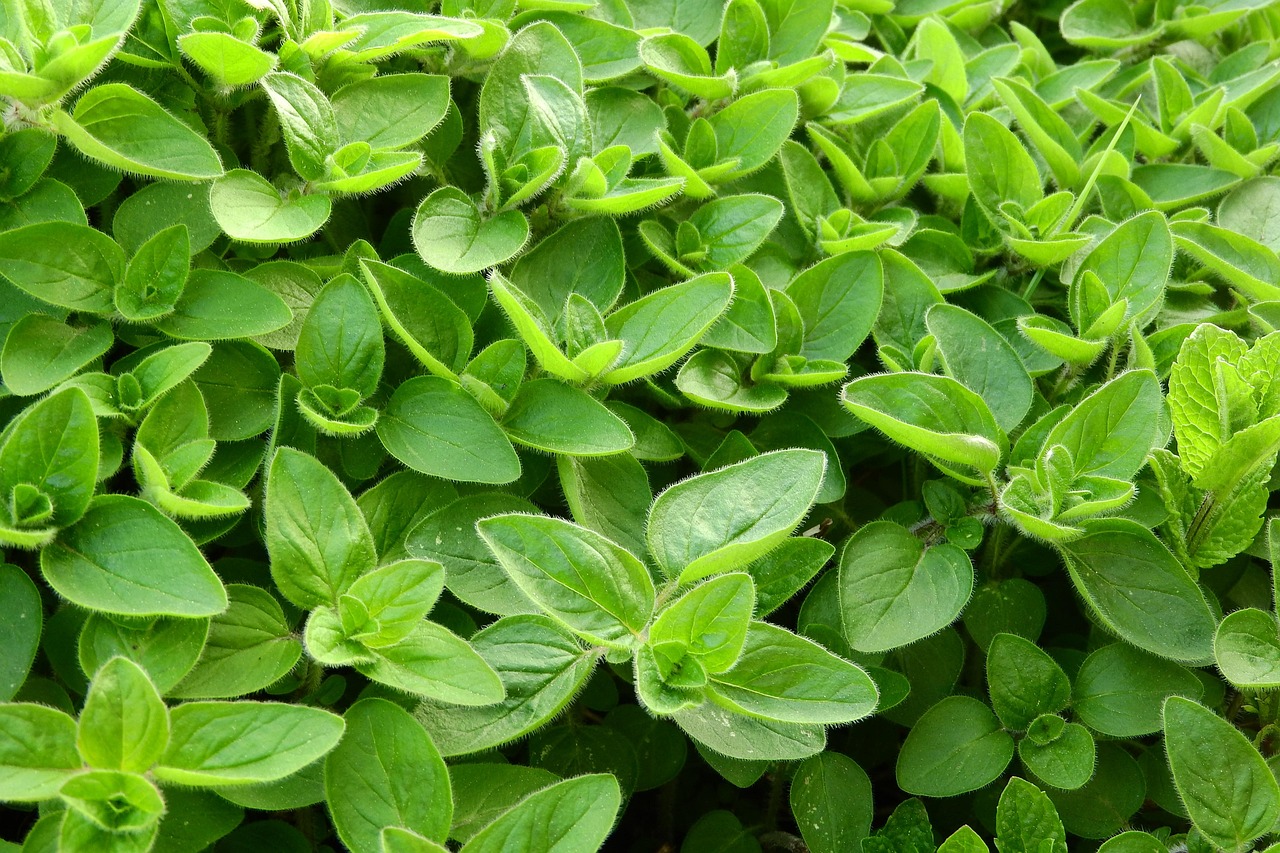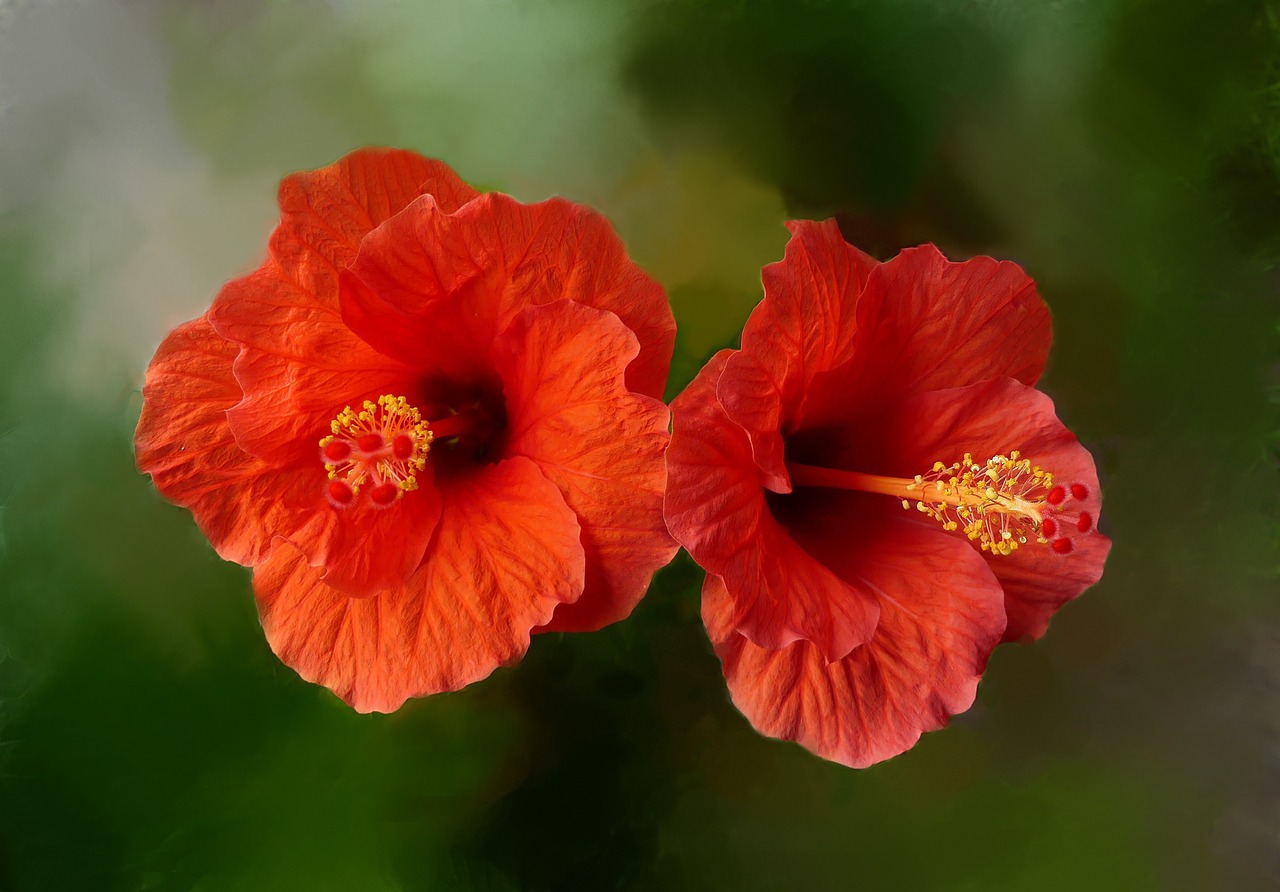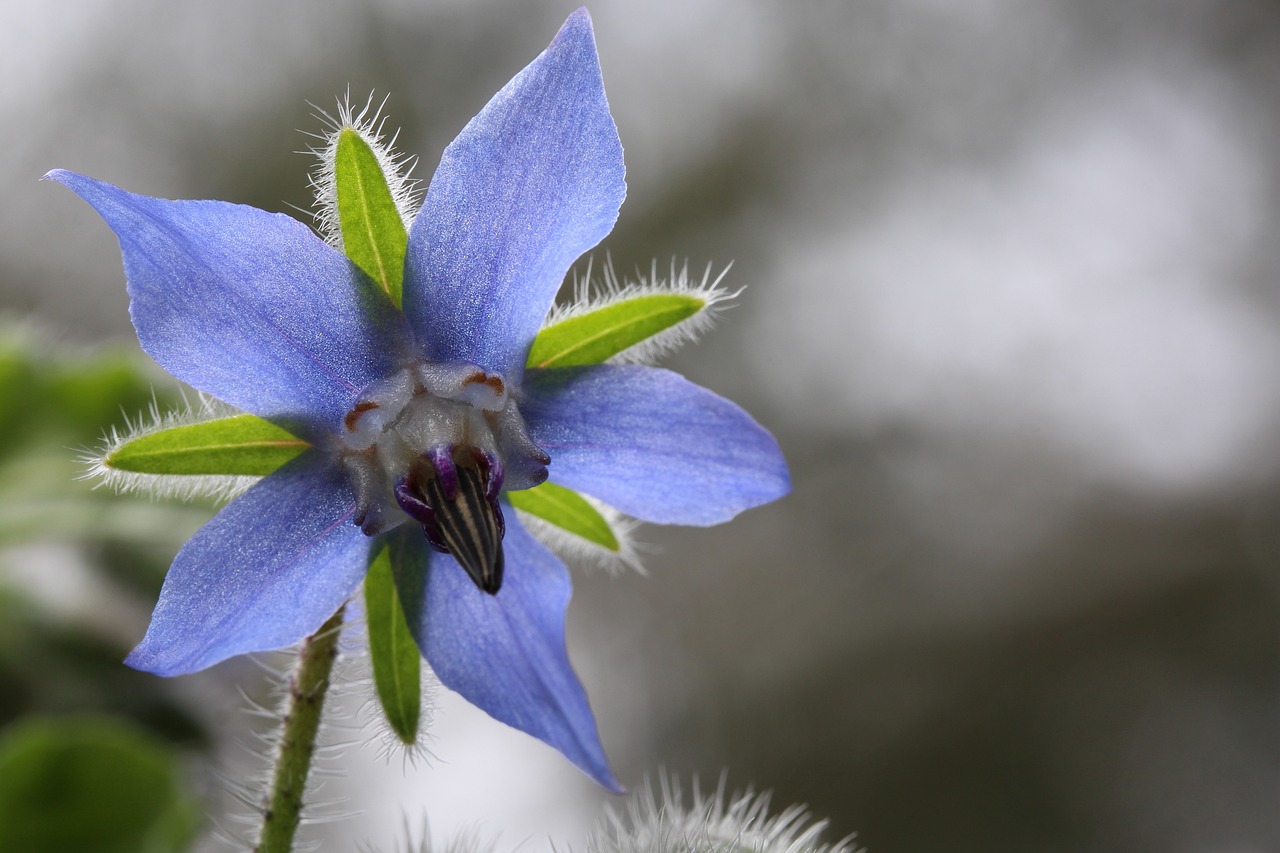Monarda | The Wisdom and Breath of Native Americans in Brilliant Red
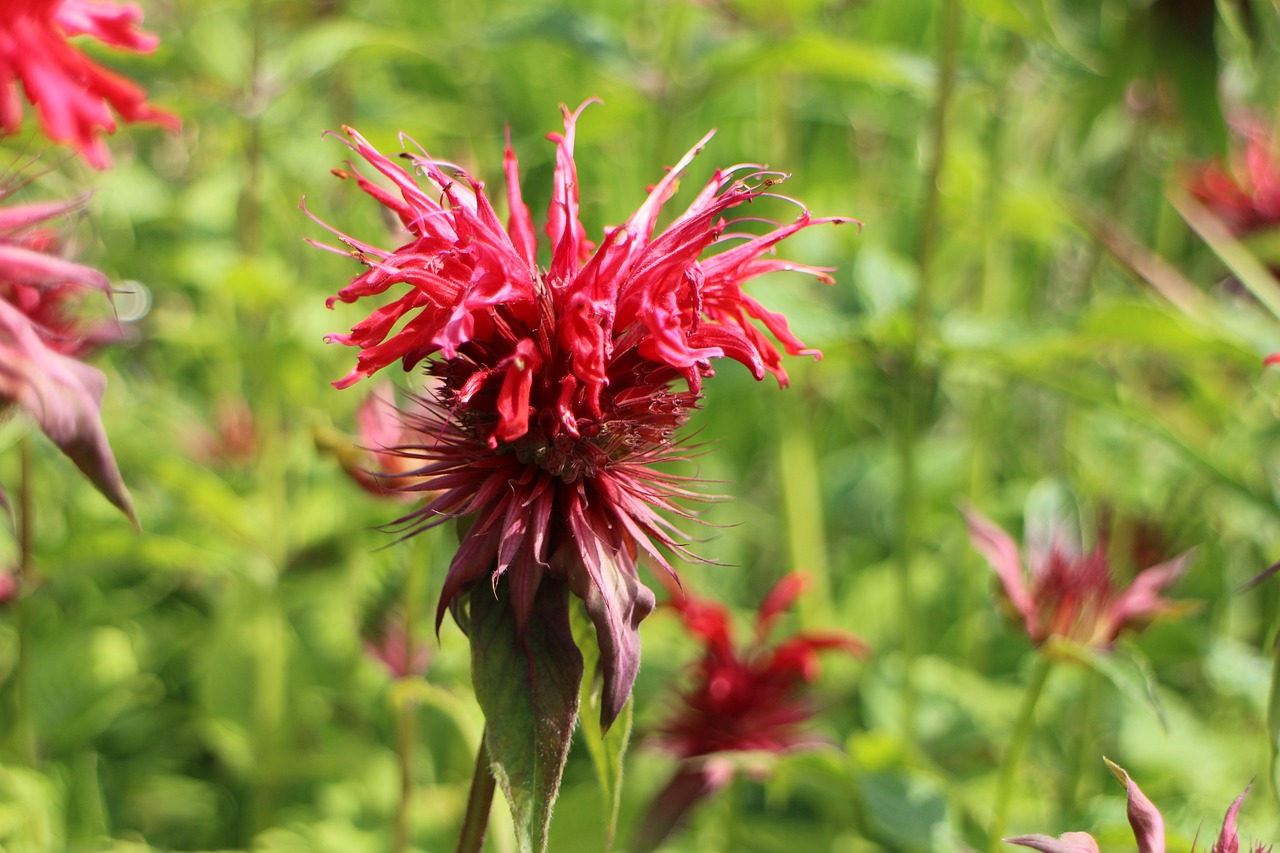
I introduce Monarda, an herb known for its vivid blossoms and distinctive fragrance. It is commonly referred to as “bergamot” or “bee balm.”
The beautiful flowers that brighten summer gardens are appreciated not only as ornamentals but also as herbs for their fragrance.
In this article, I will provide a detailed explanation of Monarda, from its basic information and cultural background to its history and cultivation tips.
Basic Information
- Scientific name: Monarda didyma
- Family: Lamiaceae (mint family)
- Origin: North America
- Appearance: Monarda produces clustered flower heads in vivid shades of red, pink, and purple. The stems grow upright, and the leaves resemble those of mint, exuding a refreshing aroma. The plant grows to about 60–120 cm in height.
- Blooming season: Summer (June–August), with long-lasting flowers.
Cultural Significance Around the World
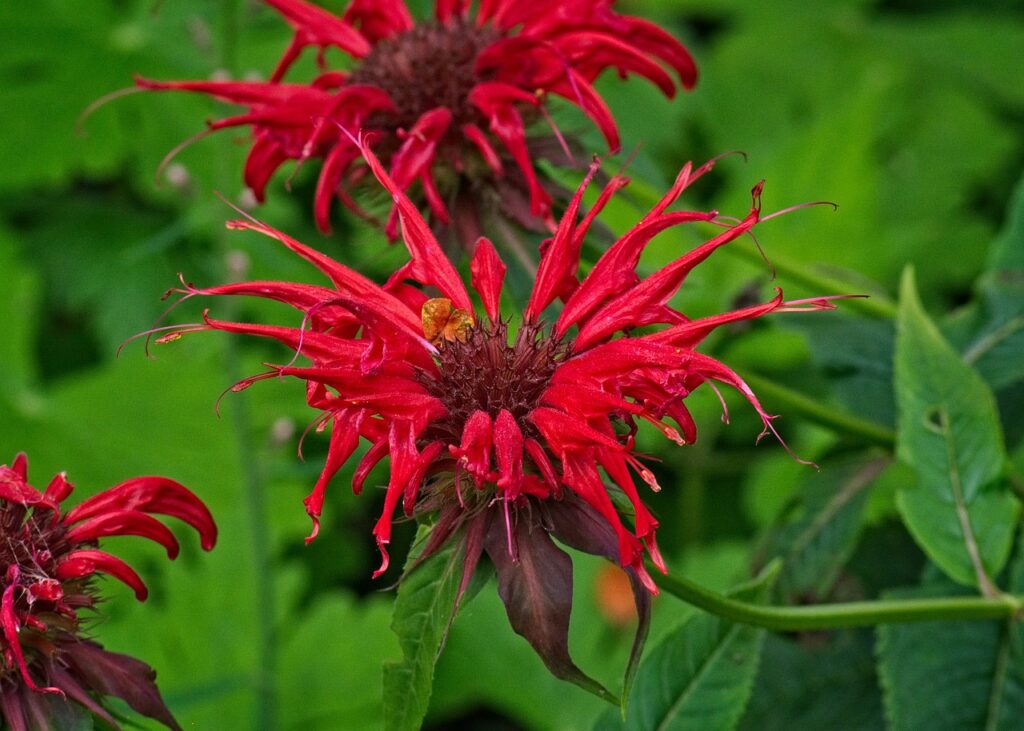
Monarda is cherished as an important plant that colors gardens and natural landscapes in North America. In the United States, it is widely known as “bee balm,” and its bright flowers bring a lively atmosphere to summer gardens.
Since Monarda attracts hummingbirds and butterflies, planting it also creates an eco-friendly garden where wildlife can be enjoyed.
Additionally, Monarda is sometimes used in cultural events and festivals.
Among Native Americans, Monarda was used in traditional ceremonies and harvest festivals, where its vivid color enhanced the celebratory atmosphere.
In Europe, it has also become popular among gardening enthusiasts and is frequently seen in natural-style and country gardens.
Historical Background
The history of Monarda is deeply rooted in the culture of Native Americans.
They incorporated Monarda into their daily lives and rituals, using it to make an herbal tea known as “Oswego tea.” The name originated from the Native people of the Oswego region in New York State.
Introduced to Europe in the 18th century, Monarda became beloved in English and French gardens.
During the American Revolutionary War, when colonists boycotted British tea, patriots used Monarda leaves as a substitute.
This “Oswego tea” came to symbolize patriotism and acquired significant historical importance.
Gardening Advice
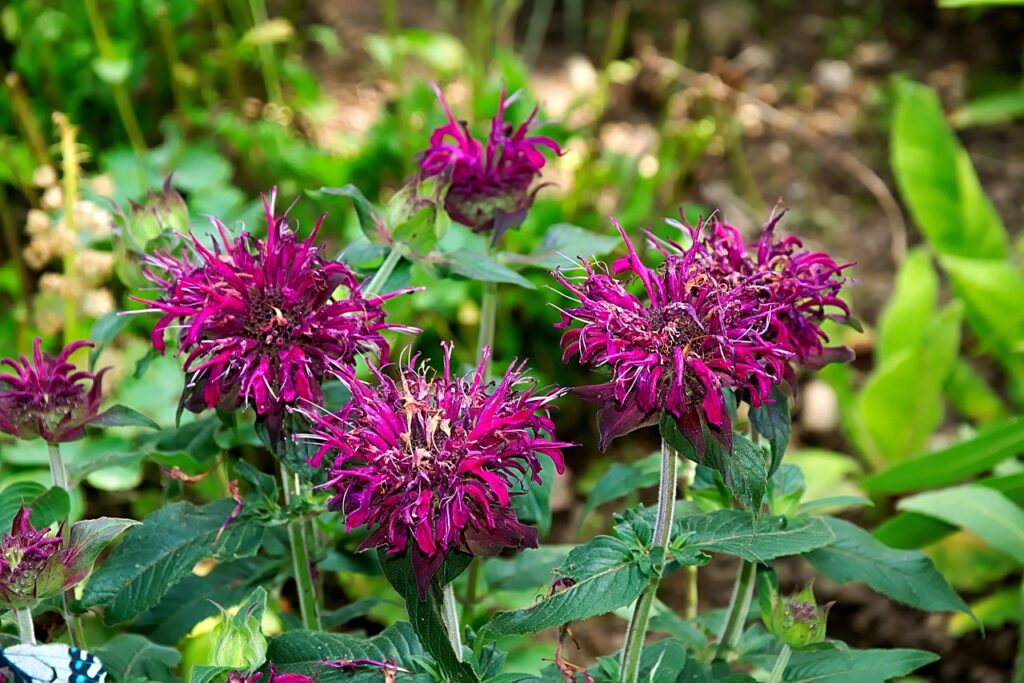
Monarda prefers sunny locations but can also grow in partial shade.
The ideal soil is well-drained yet moderately moist, with care to avoid drying out. Since the plant is sensitive to drought in summer, frequent watering is recommended.
Planting in a well-ventilated area helps prevent diseases such as powdery mildew.
In spring, mixing compost into the soil provides sufficient nutrients for healthy growth. After flowering, pruning encourages new shoots, allowing the plant to be enjoyed again in the following season.
Why Monarda is Called “Bergamot”
Monarda is also known as “bergamot,” but it should not be confused with the bergamot orange (Citrus bergamia).
The leaves of Monarda release a refreshing fragrance similar to that of the citrus fruit, which explains why the name “bergamot” is commonly used. However, Monarda belongs to the mint family, while bergamot orange belongs to the citrus family.
Though the fragrance is similar, their uses and properties differ, making this distinction important to keep in mind.
Conclusion
Monarda is a captivating plant that not only brightens gardens with its vibrant flowers and fragrance but also carries fascinating cultural and historical significance. Its unique association with the name “bergamot,” due to its citrus-like scent, adds to its charm.
Since it is relatively easy to grow, I recommend incorporating Monarda into your gardening and letting it bring vitality to your summer garden.

